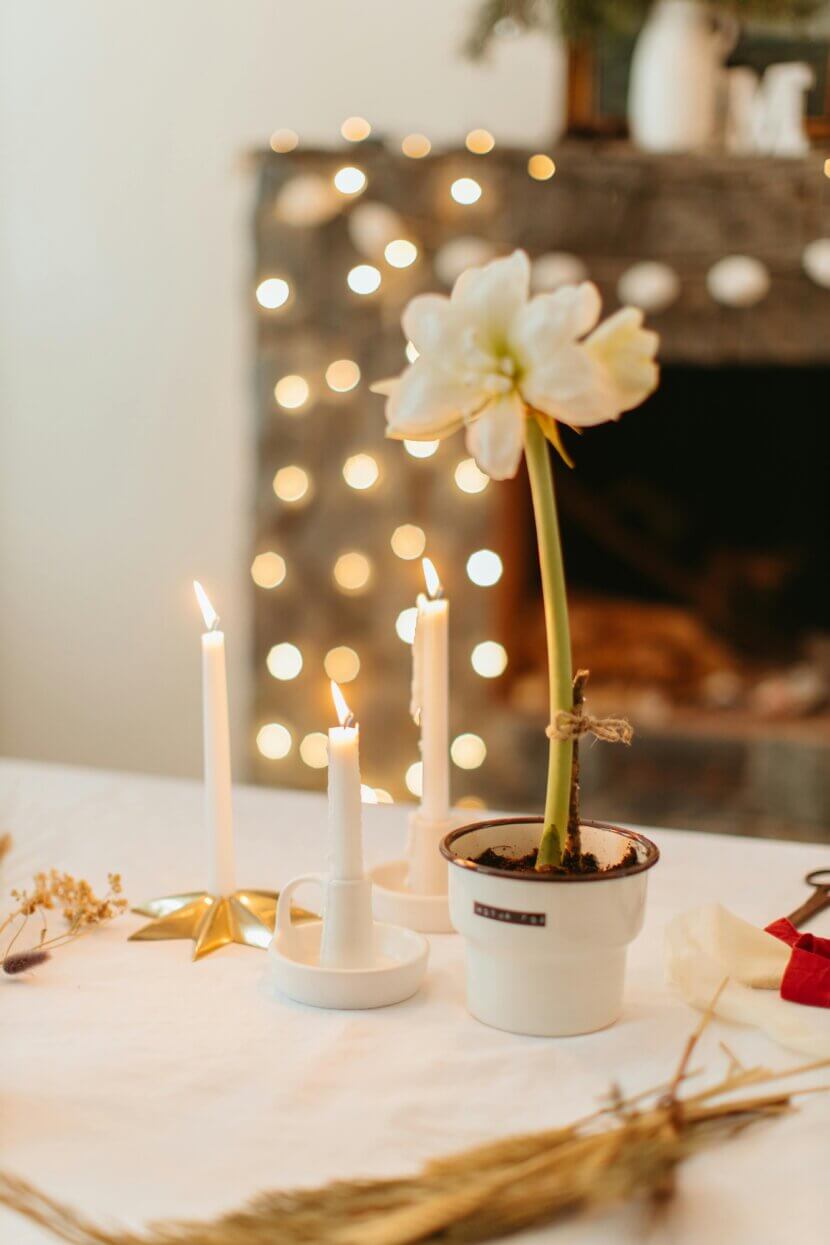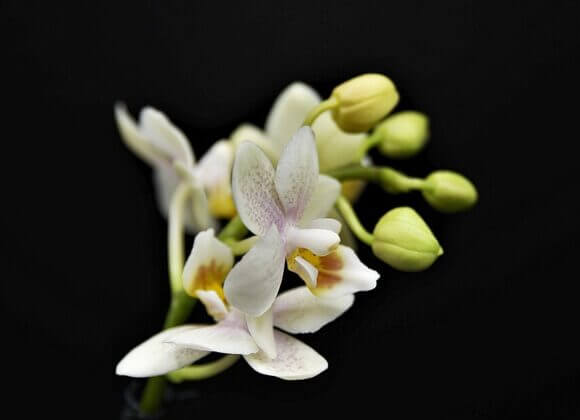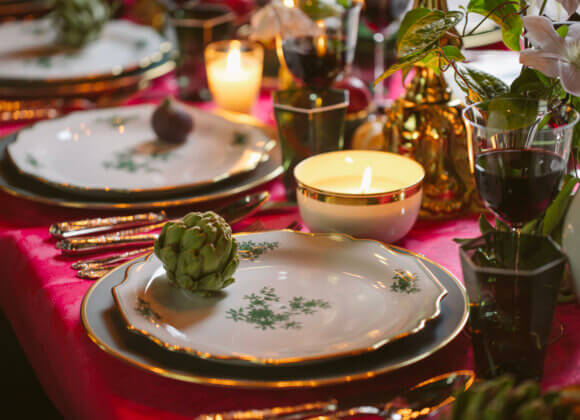Like poinsettias and Christmas cactus, amaryllis is also part of the pre-Christmas season. The plant, which is also known as poinsettia, is usually disposed of after flowering. However, with the right care, you can enjoy it not just once, but for many years to come.
What exactly is the amaryllis?
The amaryllis, botanically known as Hippeastrum, belongs to the daffodil family (Amaryllidaceae) and is also known as the knight’s star. Originally from South America, this bulbous plant, of which there are between 70 and 100 wild species in its native country, is cultivated here as a pot plant. The hollow stem and the large, funnel-shaped flowers, which bloom in a variety of colors such as red, pink, apricot, yellow and white, are characteristic of the knight’s star.
How often does an amaryllis bloom in a year?
The amaryllis usually blooms once a year, usually in November and December. The flowers usually last two to three weeks, with each flower blooming in succession. This has the advantage of extending the flowering period.
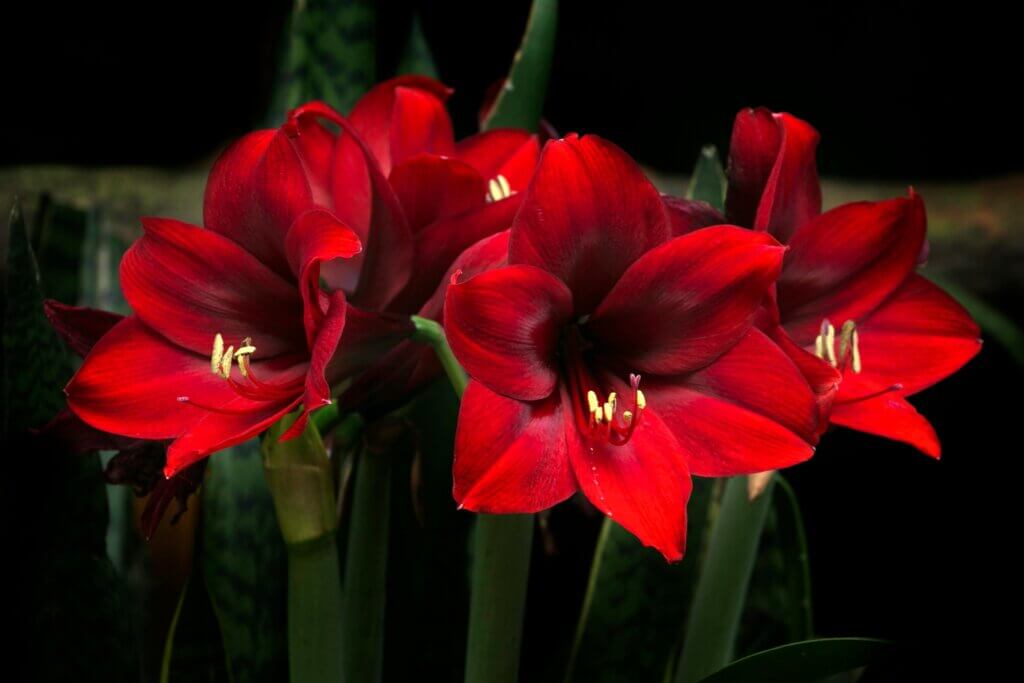
Which location does the delphinium prefer?
During the growth and flowering phase, the amaryllis prefers bright, warm locations, for example on the windowsill. If the plant receives too little light, the shoots will remain weak and the flowers small. The amaryllis also does not appreciate draughts and frequent changes of position.
Tip: Turn the pot a little regularly as soon as the buds appear. This will prevent the stem from turning towards the light and growing at an angle.
How should the amaryllis be watered correctly?
When watering, it is important to find the right balance. During flowering, the soil should be slightly moist but not wet. Waterlogging should also be avoided. Pour some water into the saucer and pour off the rest after about 15 minutes. However, once the flower has opened, the water requirement increases. “Towards the end of flowering, the amaryllis should again only be watered moderately and not directly from above, so that the surface of the bulb always remains dry,” says Katja Batakovic, technical director of the “Nature in the Garden” movement.
How do you care for amaryllis after flowering?
An amaryllis is not an annual, but a perennial plant and should therefore not be disposed of after flowering. “Just like daffodils, crocuses and tulips after spring, the Christmas period is the time for the delphinium to regenerate and rest. Properly cared for, the impressive flowers will then appear again next Advent,” says Batakovic. The first step in proper care is to leave the green leaves on the plant. Like all other bulbous plants, amaryllis uses its green leaves to collect energy after flowering, which is stored in the bulb and is crucial for growth the following year. “Therefore, do not cut off the green leaves of bulbous plants, as this weakens the plants and impairs their ability to flower,” says Batakovic.
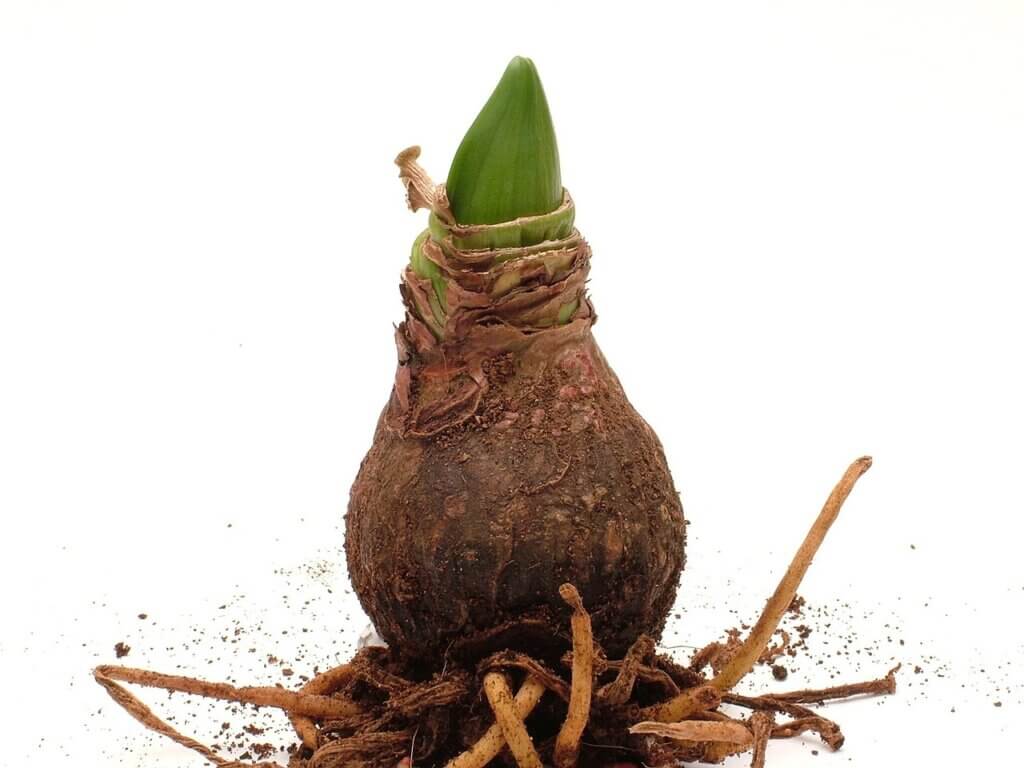
What do you have to do to make the amaryllis bloom again?
Basically, the amaryllis is a relatively uncomplicated plant, it just needs to be cared for according to its needs throughout the year. The timetable is as follows:
- December/January: Towards the end of flowering, water only moderately and not directly from above so that the surface of the bulb always remains dry. The best way to supply it with water is via the saucer. However, make sure that no waterlogging occurs.
- January/February: After the flower has wilted, cut back the flower stalk, but not the leaves, at the base of the stem and fertilize for the first time, preferably with organic liquid fertilizer via the irrigation water.
- March/April: Water regularly and fertilize about every three weeks.
- After the Ice Saints in mid-May to July: The plant can now be placed outdoors in partial shade (no direct sunlight) and is regularly watered and given organic liquid fertilizer every two weeks.
- From August: Stop fertilizing and water less and less. Finally, stop watering completely to allow the leaves to retract. This dormant phase is important for the formation of new flowers. If it does not take place, the plants will usually produce leaves but no flowers.
- September/October: Store the bulbs in a cool place (approx. 15 °C) in dry soil and remove dried leaves.
- November/December: If flowering is desired around Christmas time, the bulb should be freshly potted about eight weeks beforehand. Place the bulb in a bowl of lukewarm water overnight. Fill a pot with a drainage hole 2/3 full, covering the bottom with e.g. pumice granules as drainage. The diameter of the pot should be about 2 cm larger than that of the bulb. Then place the bulb in peat-free soil so that at least 1/3 of the bulb is sticking out of the soil. Place the plant on a saucer in a bright spot at around 20 °C, but not in direct sunlight. Water through the saucer. When the first green leaves appear, water the plant regularly and increasingly as it grows, without waterlogging. Keep turning the pot 180 degrees so that the flower stem does not lean towards the light on one side, but grows straight up.
Why is my amaryllis not flowering?
If the amaryllis does not flower, there may be various reasons for this. For example, the location may be too dark or the plant has not been fertilized enough. Another reason may be that the plant’s dormant period has been ignored. Or you may have bought a wax amaryllis: “However, the giant bulbs coated in wax have little or no roots. It is therefore difficult to bring a wax amaryllis into the next year,” says Batakovic.
Our expert

Related posts:
Green boundaries: plants as natural room dividers
Caring for hydrangeas: The best tips for magnificent flowers


